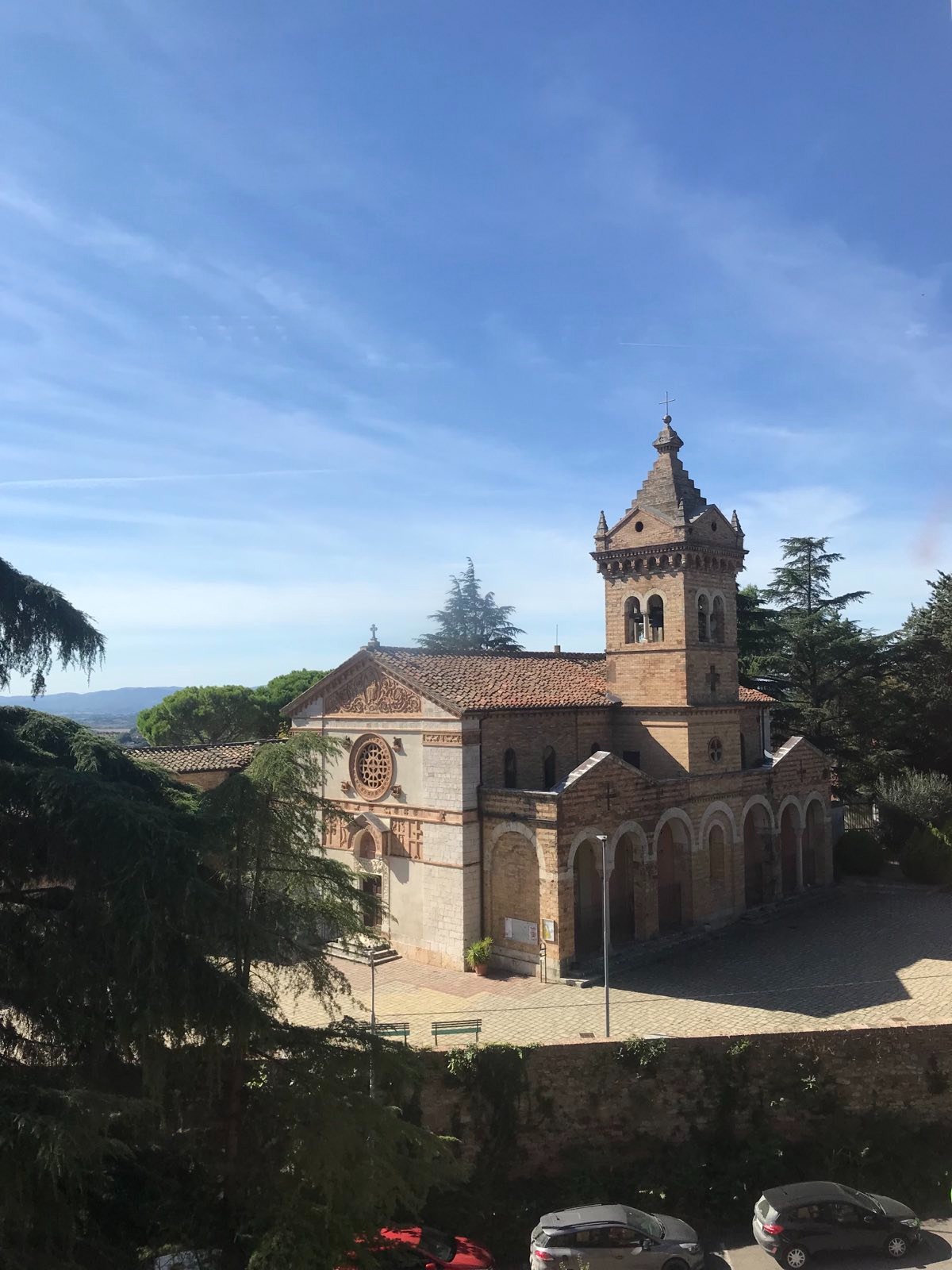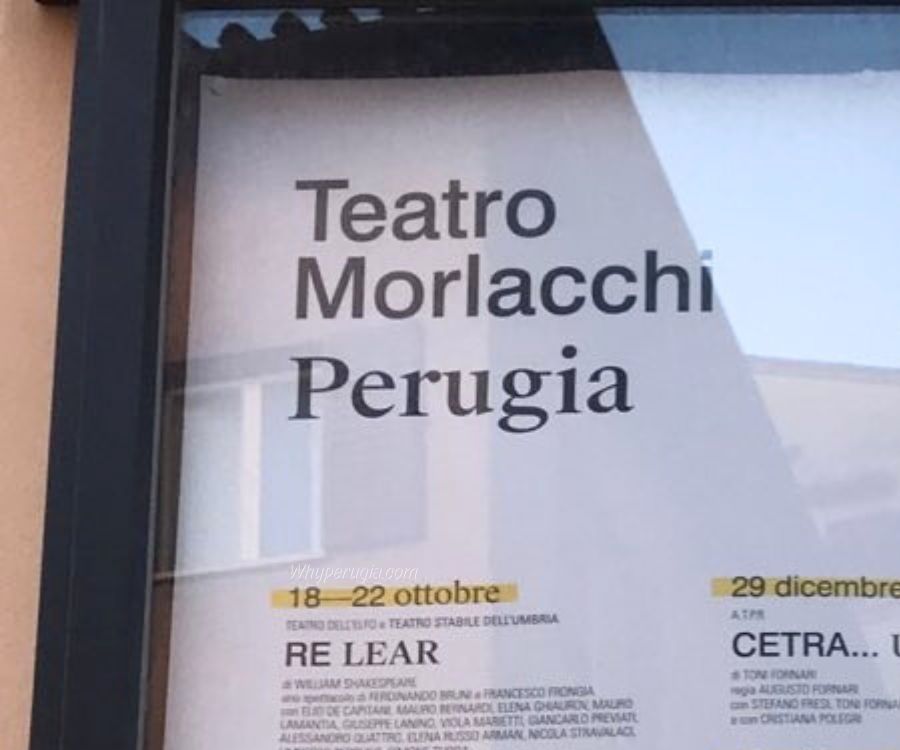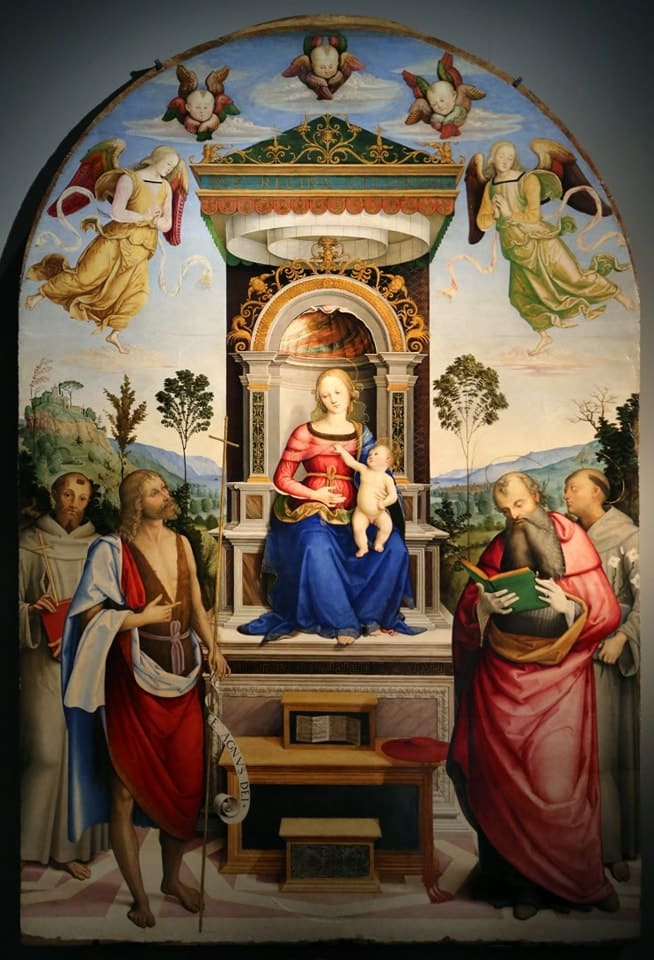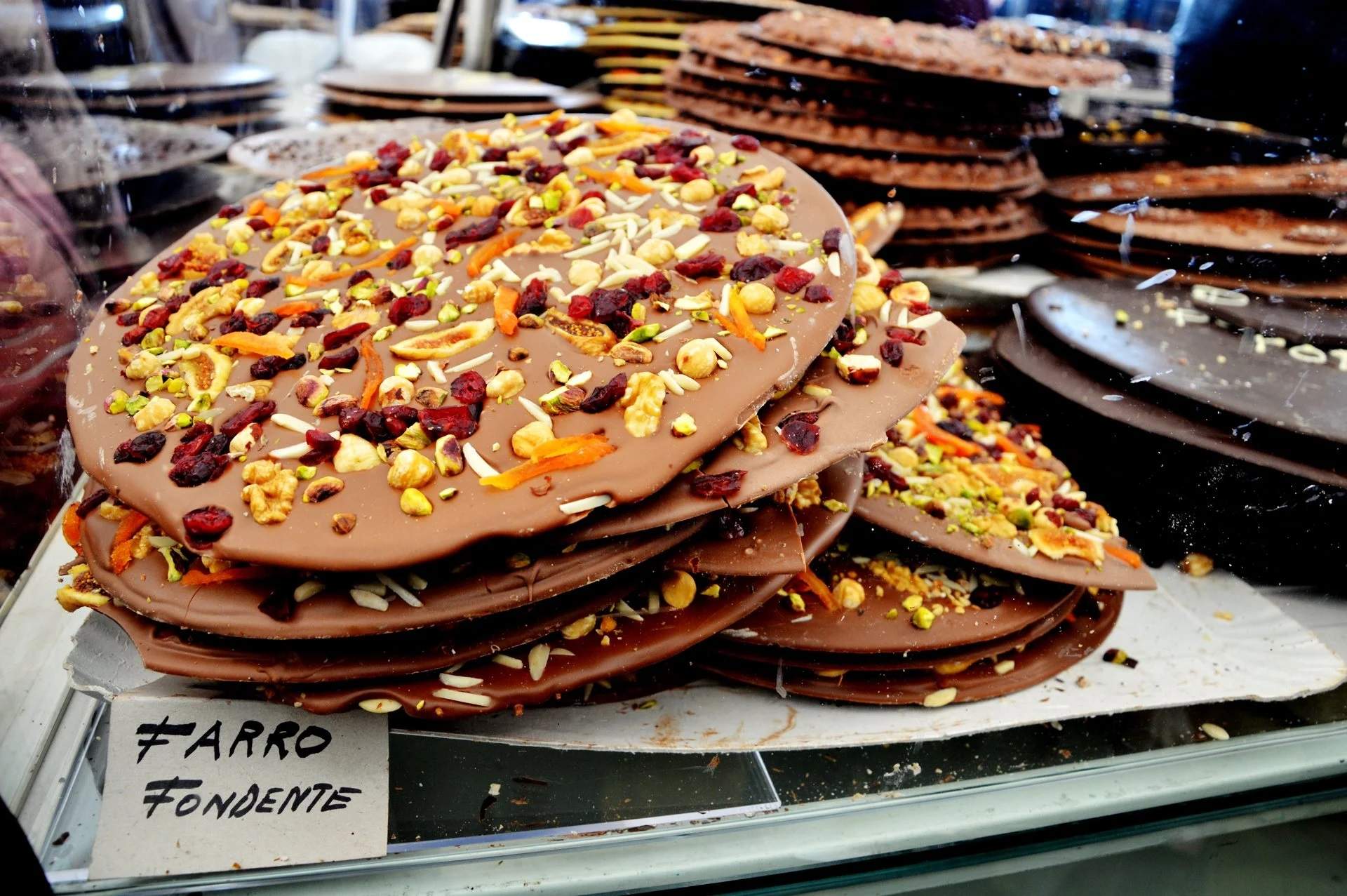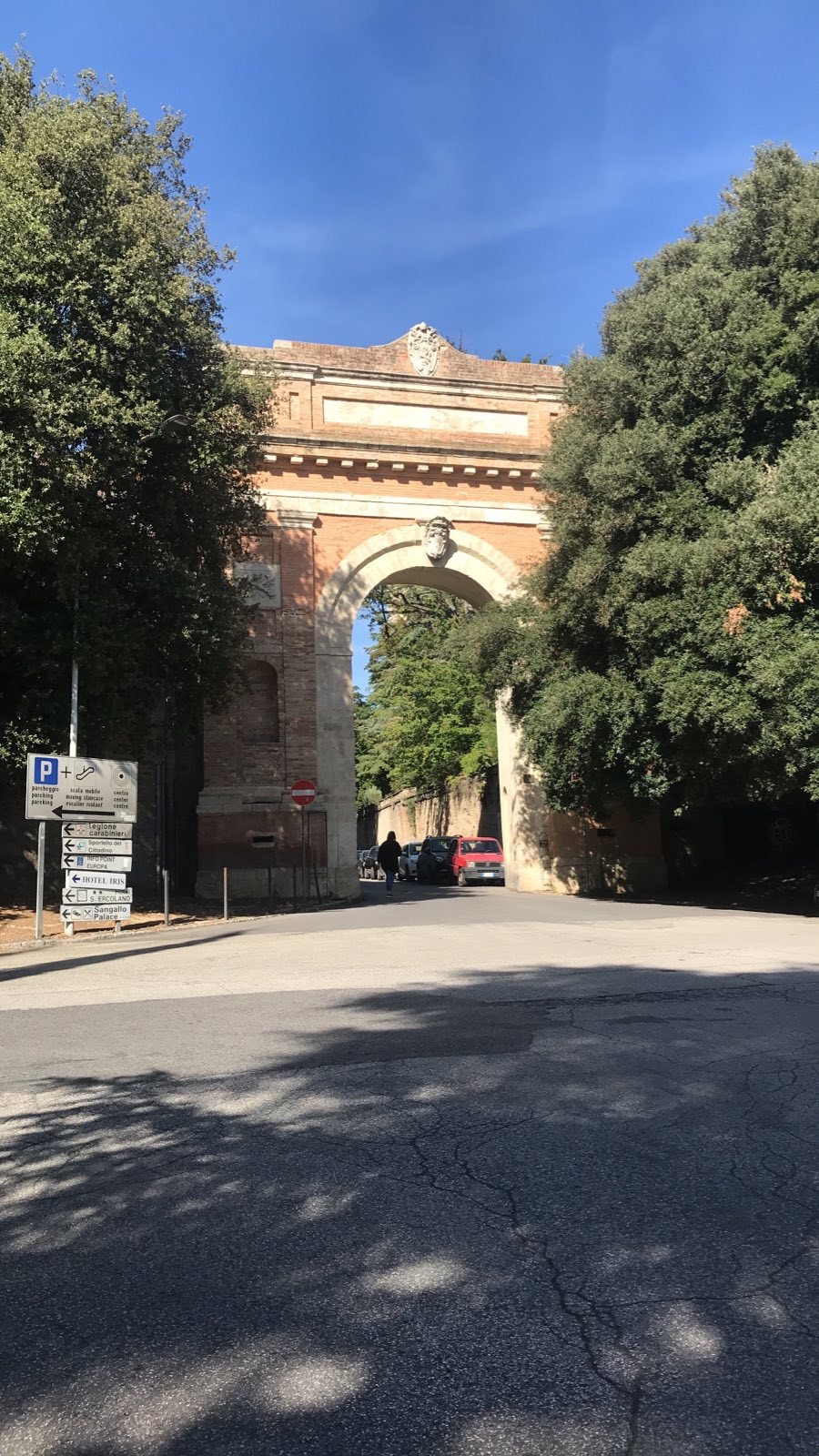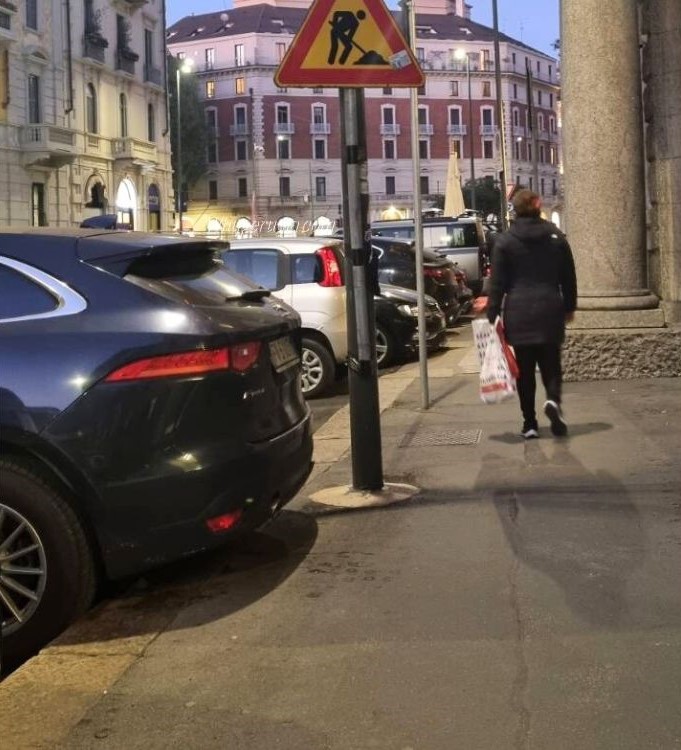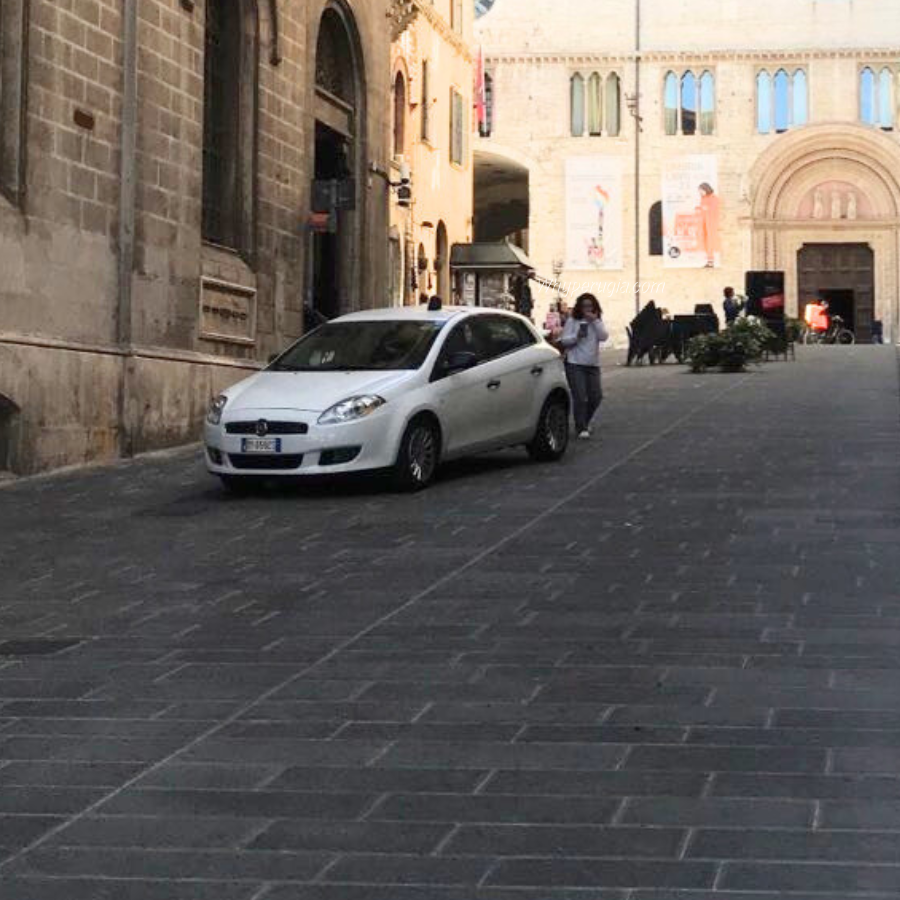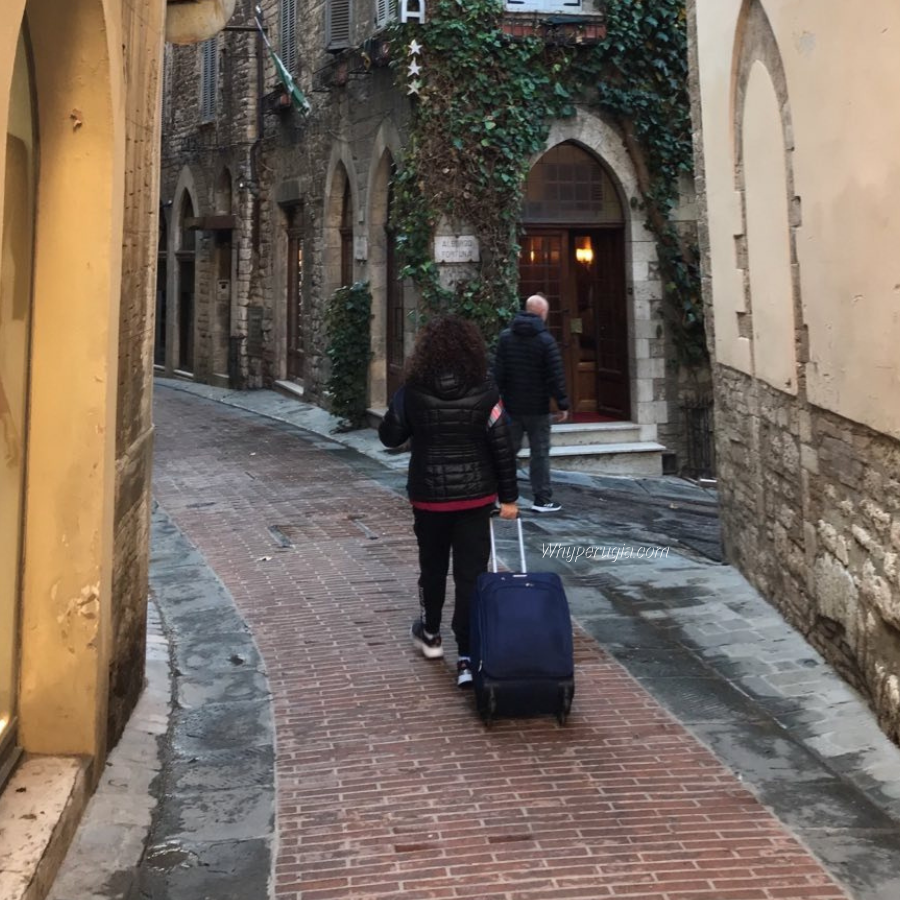The Chiesa of San Costanzo holds great significance as it dedicates itself to Saint Costanzo, who is one of the city’s three patron saints. Also, It is one of the oldest churches in Perugia, dating back to the 11th century. Furthermore, it stores the relics of Saint Costanzo, which someone discovered beneath the altar in 1781. So, it is a basilica minor, a title bestowed by the Pope to churches of particular importance.
On the other hand, The Chiesa di San Costanzo is located in a quiet corner of the city, away from the main tourist crowds. This makes it a perfect place to escape the hustle and bustle and enjoy the beauty of the church in peace. This church has undergone a remarkable transformation over the centuries. They consecrated it in 1205, and subsequent modifications took place in the 16th and 18th centuries, leading to a reconstruction in neo-Romantic style in 1889.
The architect Guglielmo Calderini oversaw the reconstruction, using cotto decorations from the Biscarini furnace in Perugia. The result is a stunning church that is both a testament to Perugia’s rich history and a masterpiece of neo-Romantic architecture. If you want to know about more cathedrals and churches in Perugia, you can see more on the Tripadvisor website.
Perugia celebrates its patron saint, San Costanzo, on January 29, with the festivities commencing the night before through the Luminaria di San Costanzo, featuring a candlelit procession. The Luminaria is a truly magical spectacle. As the sun sets, the streets of Perugia come alive with the twinkling light of thousands of candles. A group of people called the Consoli lead the procession, carrying a statue of San Costanzo through the city. Normally, after the procession, the festivities continue with a fireworks display and a concert in Piazza IV Novembre.
Torcolo di San Costanzo
Moreover, no celebration of San Costanzo is complete without the traditional sweet of the occasion, the Torcolo di San Costanzo. The Torcolo, a ring-shaped cake, consists of dried fruits, nuts, and spices. Bakers freely distributed large quantities of the cake to the population, tracing its origins back to the 16th century. This sort of Renaissance “bake-off” was a joyful way to celebrate the patron saint of Perugia and share the sweet with the community.
If you have an interest in Perugia’s architectural and artistic value, we invite you to learn more about the historical museums in Perugia.

